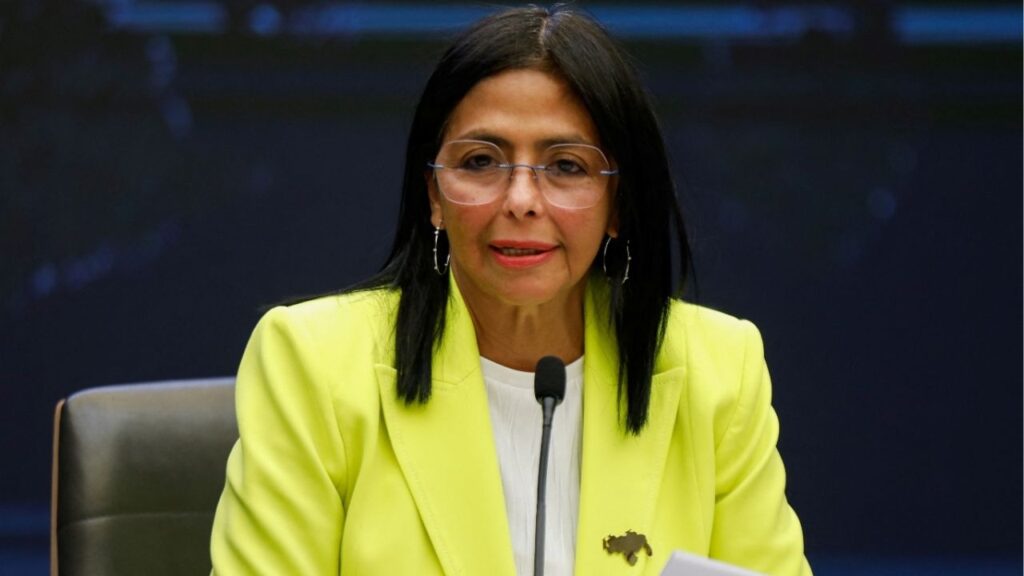US consumer sentiment hits a six-month low due to concerns over high inflation, interest rates, and potential unemployment rise. (AP File)

- The University of Michigan's consumer sentiment index dropped to 67.4 this month.
- Consumer spending remained strong in the first quarter of the year, despite the sentiment.
- Big retailers like Starbucks and McDonald's are sensing more caution from customers.
Share
|
Getting your Trinity Audio player ready...
|
WASHINGTON — U.S. consumer sentiment fell sharply in May to the lowest level in six months as Americans cited stubbornly high inflation and interest rates, as well as fears that unemployment could rise.
The University of Michigan’s Consumer Sentiment Index
The University of Michigan’s consumer sentiment index, released Friday in a preliminary version, dropped to 67.4 this month from a final reading of 77.2 in April. May’s reading is still about 14% higher than a year ago. Consumers’ outlook has generally been gloomy since the pandemic and particularly after inflation first spiked in 2021.
Consumer spending is a crucial driver of growth. Sour sentiment about the economy is also weighing on President Joe Biden’s reelection bid.
Still, consumer confidence surveys have not always been reliable guides to actual spending, economists note.
“Perceptions don’t always match reality and we think the fundamental backdrop remains strong enough to keep consumers spending,” said Oren Klachkin, an economist at Nationwide Financial, in a research note. “Rising incomes offer a healthy offset and will prevent consumer outlays from retrenching on a sustained basis.”
Related Story: US Consumer Sentiment Falls Slightly as Outlook for Inflation Worsens
Consumer Spending and Retailers’ Response
In the first three months of this year, consumer spending stayed strong even as growth slowed, likely fueled largely by upper-income earners with significant wealth gains in their homes and stock portfolios. The unemployment rate is at a historically low 3.9%, which has forced many companies to offer higher pay to find and keep workers.
Yet big retailers have begun to sense more caution from customers, particularly those with lower incomes, who are pulling back on spending.
Starbucks lowered expectations for its full-year sales and profit in late April after a terrible quarter that saw a slowdown in store visits worldwide. Starbucks reported a sharper and faster decline in spending in the U.S. than it had anticipated.
McDonald’s last month said that it will increase deals and value messaging to combat slowing sales. The Chicago fast food giant said inflation-weary customers are eating out less often in many big markets.
Related Story: Federal Reserve Says Interest Rates Will Stay at Two-Decade High Until ...
Inflation and Consumer Expectations
Consumer price increases have been stuck at an elevated level this year, after a sharp drop last year from a peak of 9.1% in June 2022 to 3% a year later. In March, prices rose 3.5% compared with a year ago, up from 3.2% in the previous month. Federal Reserve officials have underscored this month that they will likely keep their benchmark interest rate at a 23-year high for as long as needed to get inflation back to their 2% target.
The consumer sentiment survey found that Americans expect inflation will stay higher over the next year at 3.5%. Before the pandemic, consumers typically expected inflation a year ahead would be below 3%.
The drop in overall consumer sentiment occurred across age, income, and education levels, the survey found.
It also crossed political lines, falling among Democrats, Republicans and independents.



















